Of the Hokkaido pumpkin is the smallest representative of its kind. It originally comes from Japan and is now also cultivated in Europe. The peel of this type of pumpkin can be consumed and is particularly rich in beta-carotene. This substance protects the cells of the human body. Pumpkins are also used to treat irritable bladder. They can be stored for months and can be used universally in the kitchen.
What you should know about the Hokkaido pumpkin

The Hokkaido pumpkin is a table pumpkin of the Cucurbita maxima variety. The orange-colored, rounded, broad fruit weighs between 0.5 and 1.5 kilograms. Hokkaido are roughly the size of a grapefruit, making pumpkins one of the smallest of their kind.
Its skin is orange, sometimes green. Other species can weigh up to 100 kilograms. From a botanical point of view, pumpkins are berries. Like cucumbers, zucchini and melons, pumpkins belong to the cucurbit family. Most of the plants in this genus are herbaceous and annual. The pulp of Hokkaido tastes fine nutty and has some fibers. The Hokkaido pumpkin is often grown in greenhouses or on the windowsill. Then it can be put outdoors. The sowing usually takes place in February to March, the harvest time is between September and November. The Hokkaido is a very high-yielding variety and can be stored well. He prefers regular watering, lots of sun and loose, nutrient-rich soils.
The Hokkaido pumpkin grows particularly well next to corn and beans, planting between other pumpkin varieties should be avoided. The name Hokkaido already provides information about the home of the pumpkin. It comes from Japan and bears the name of an island in the Asian state. Hokkaido is the second largest island in Japan and is located in the northeast. The climate there is very similar to that of Central Europe, so the pumpkin variety can also be cultivated well in this country. Pumpkins were brought to the island state by Portuguese sailors as early as the 16th century. Then different varieties were bred.
Matsumoto Saichiro, a vegetable breeder, ultimately succeeded in producing the "Uchiki kuri" variety, today's Hokkaido. This pumpkin variety has been cultivated in Europe and also in Germany for about twenty years. In this country, the vegetable variety is enjoying increasing popularity. Hokkaido, like all pumpkins, is in season in the fall.
Importance to health
Hokkaido is one of the smallest of its kind and, compared to other varieties, contains little water and a dense pulp. Therefore it is very rich in valuable and health-promoting ingredients. The beta-carotene contained in the Hokkaido pumpkin acts as a protective shield for the human body cells.
The antioxidant protects the organism from free radicals and thus contributes to the prevention of various diseases, including certain cancers. Beta-carotene is mainly found in the skin of this pumpkin variety. The body also uses this substance to produce vitamin A. This vitamin is important for the health of the skin, mucous membranes, and eyes. The kernels of the pumpkin can be eaten like the skin and pulp. They support the body with prostate ailments and counteract malignant growths in the organism.
The seeds also have a calming effect on the bladder. Therefore, consumption is recommended for those with irritable bladder syndrome or bladder infections. The pumpkin flesh contains a lot of potassium and water and therefore has a diuretic effect. It thus supports faster healing of urinary tract complaints.
Ingredients & nutritional values
100 grams of the Hokkaido contains about 1.7 grams of protein, 0.6 grams of fat, 12.6 grams of carbohydrates, and 2.5 grams of fiber. 100 grams of the pumpkin provide about 63 kilocalories. Hokkaido pumpkins are bright orange in color. This can be attributed to the ingredient beta-carotene.
100 grams of the pumpkin variety already cover around a third of an adult's daily need for this substance. In addition, the Hokkaido supplies vitamin B1, B2, B6 vitamin C, vitamin E and folic acid. The minerals iron, potassium, magnesium and phosphorus are also contained in the berry.
Intolerances & allergies
An intolerance or allergy is an over-sensitive reaction of the human immune system to a specific allergen. Pumpkins are part of the cucurbit family. This group also includes watermelons, honeydew melons, cucumbers, zucchini and around 800 types of pumpkin. If there is an intolerance to these plants, the consumption of pumpkins should be restricted or avoided. People who are allergic to pollen should be careful when consuming pumpkins and related varieties. There is often a cross allergy here.
Shopping & kitchen tips
From August, the Hokkaido pumpkins will be available in supermarkets, health food stores and at fruit and vegetable sellers. To determine the degree of ripeness of the berry, it is advisable to carry out a tapping test. To do this, knock on the shell of the Hokkaido, you will hear a rather hollow noise, this is an indicator of optimal fruit ripeness.
In addition, you should make sure that the skin of the pumpkin is intact and even. In contrast to other types of pumpkin, the skin of the Hokkaido does not have to be removed before preparation. If this is also eaten, the pumpkin should be washed thoroughly beforehand. Pumpkins are stored fruits but are relatively sensitive to frost. Therefore, they should not be stored below 10-15 degrees Celsius. Fruits that are intact can be kept for several months. It is particularly important here that the stem attachment does not show any damage. If this is the case, the pumpkin will spoil faster and should therefore be consumed quickly.
Pumpkins that have already been cut should be prepared within a few days to two weeks. Pumpkins that have been steamed and peeled can be frozen well. The raw berries should not be in the freezer, otherwise the pumpkin will have a very tough consistency. Before preparation, cut the pumpkin in half with a sharp knife and remove the seeds.
Preparation tips
The Hokkaido adapts to different flavors. It harmonizes well with the aromas of ginger and chilli. A tasty, creamy soup can be prepared from the Hokkaido. It is also suitable for making puree. Cut into fine strips, it can be baked in the oven. Feta cheese and sundried tomatoes go well with it. The pumpkin can also be eaten raw.
He can refine salads. The seeds of the pumpkin should be removed before eating. However, these do not have to be thrown away. They can be dry, fried and added as a side dish to soup or salad. Due to their bright orange color, pumpkins are very decorative. They are therefore particularly suitable for buffets. Pumpkins can also give desserts such as cakes and muffins that extra bit of flavor. Pumpkin is also good for making compotes or jams.


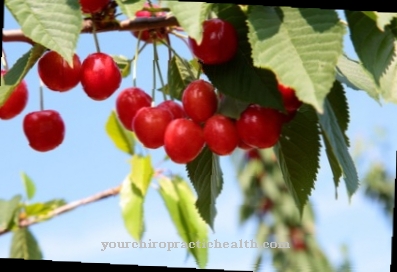
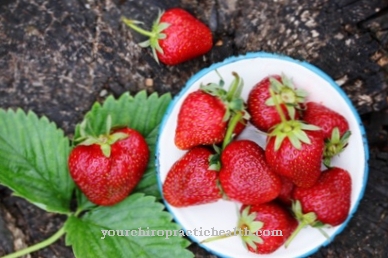
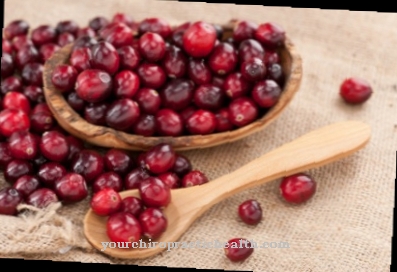
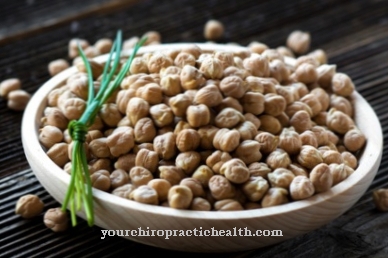
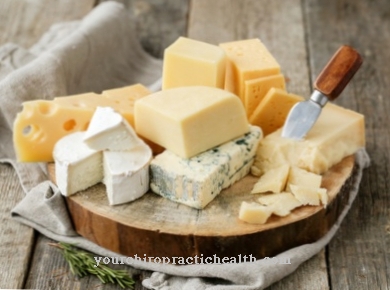





.jpg)



.jpg)










.jpg)
